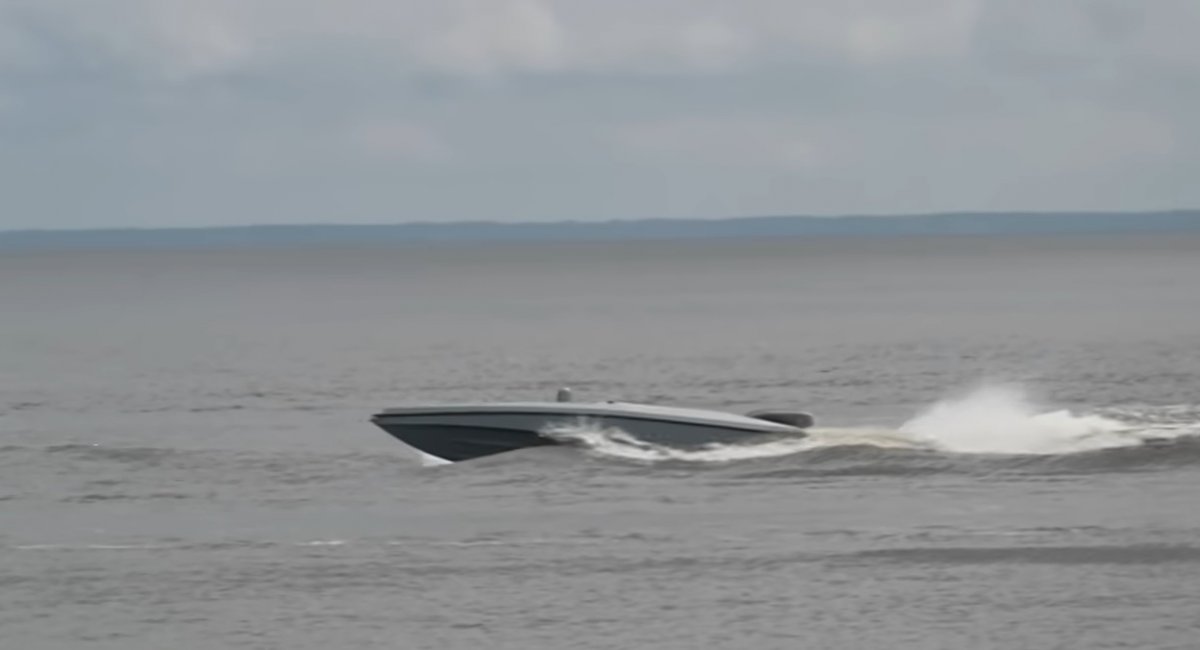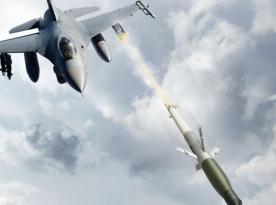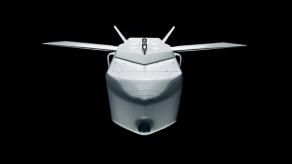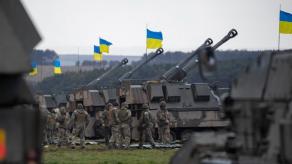Kremlin's media the other day announced that the development of the domestic naval drone Katran — a concept and even name copied from the Ukrainian Katran — was intensified. This sudden interest in a project that has drawn little to no attention from any potential customer since its resentation in mid-2024 is very likely a direct response to Ukraine’s recent success.
For a reminder, on May 2, the Defense Intelligence of Ukraine carried out a large-scale naval drone attack. Then, for the first time in history, two Su-30 warplanes were downed by sea drones and even forced russians to take a pause in any operations and change their tactics.
Read more: Why russians Sent in Su-30 Jets, Not Older Be-12 or Ka-29 to Intercept Ukraine's Magura V7 Drones
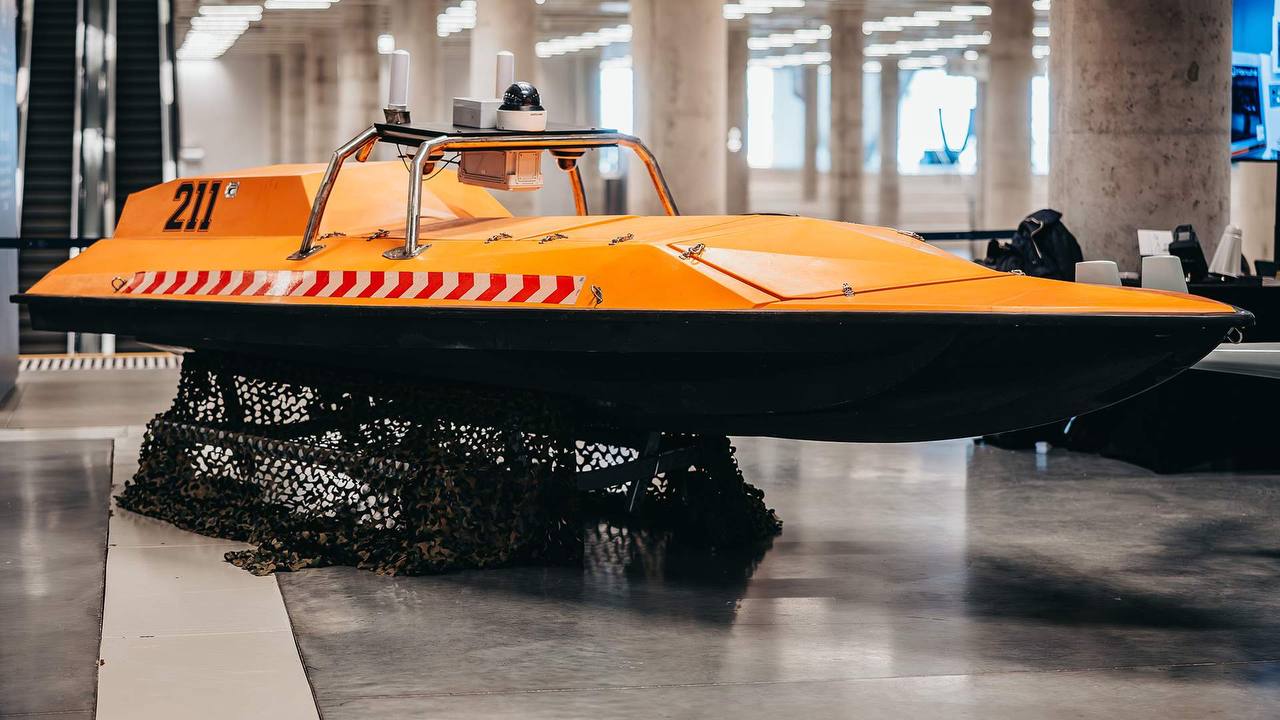
Officially, the russian Katran is presented as a multifunctional platform capable of carrying various weapons, including FPV drones like the Skvorets-VMF, which in theory makes it a strike-capable system. However, serious doubts remain about its practical effectiveness.
The main issue lies in its reliance on standard radio communication, which is easily jammed by electronic warfare systems and severely limits operational range. Although the claimed control range is 100–200 km, this can only be achieved through a vulnerable network of repeaters.
Furthermore, the Skvorets-VMF FPV drones mounted on Katran are built on a 10-inch frame and have a practical range of only 5–10 km and also rely on radio control. As a result, the Katran platform must still approach the shoreline, making it vulnerable.
While the concept behind Katran has not changed since its first presentation a year ago, russia seems to be viewing the development as a potential countermeasure to Ukranian drone attacks, especially after seeing how aviation has become too vulnerable to further rely on.
After all, the concept of its combat application envisions Katran as a low-risk defense solution for operations near the friendly shoreline, where the radio communication range is less of a limitation.
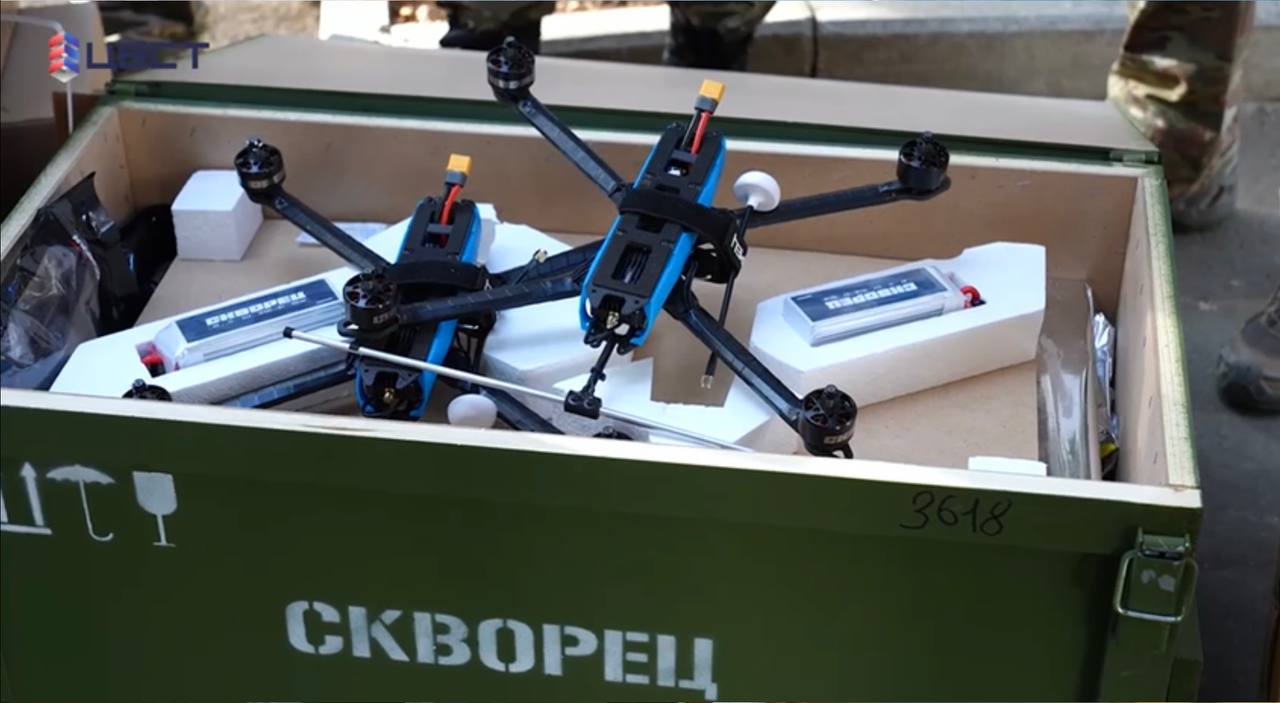
The idea of using FPV drones to intercept Ukrainian naval drones isn’t new either. The russians had previously experimented with launching such drones from helicopters, but abandoned the tactic after at least two Mi-8 helicopters suffered premature FPV explosions on board. Another reported weapon option for Katran is a Kord large-caliber machine gun.
If russia does indeed accelerate the development and fielding of this drone, Ukraine and its naval drone developers should be prepared for possible dogfights at sea.
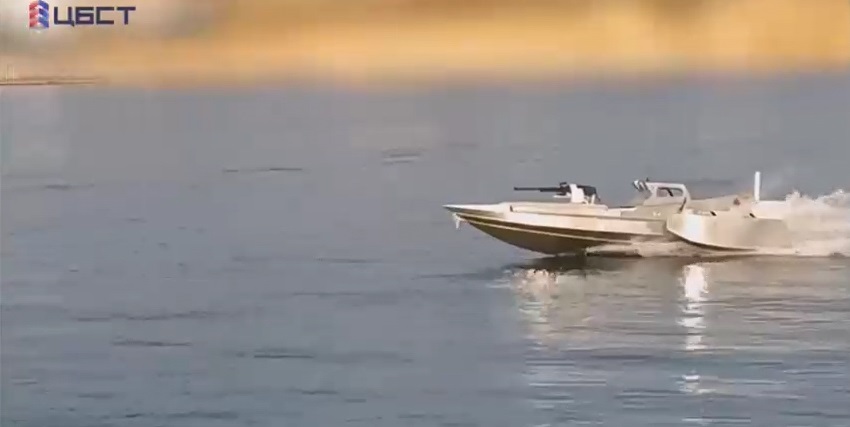
In turn, countermeasures on the Ukrainian side must evolve. This could include integrating electronic warfare systems to suppress russian control of enemy USVs, or arming Maguras with direct engagement weapons to neutralize enemy drones.
Read more: russia Showcases Own Naval Drone to Hunt Down Ukrainian Explosive Boats



